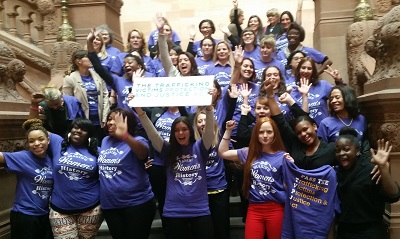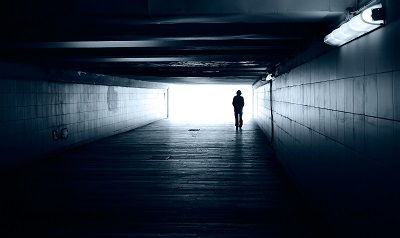Why put an end to prostitution? Far from being a job, prostitution is exploitative, harmful, and perpetuates gender inequality.
This week the New York Times Magazine featured the cover story “Should Prostitution Be a Crime?”
The article suggests that people in prostitution are helped by the wholesale decriminalization of the sex trade, including pimping and sex buying.
This position flies in the face of our work assisting thousands of survivors of sex trafficking. Far from being a job like any other, prostitution is almost invariably a condition of gender exploitation and frequently a violent and lethally dangerous form of abuse inextricably connected to sex trafficking.
Each day we work with survivors who share their histories of abuse and exploitation in the sex trade. Many of them were lured into it by pimps and traffickers, most as children. Others have ended up in prostitution when conditions of extreme poverty and prior sexual abuse leave them traumatized and with few options.
Ms. Bazelon’s omission of the experience of these victims, almost exclusively women and girls of color and undocumented immigrants, and her focus instead on the comparatively privileged, adult, mostly white “sex worker,” creates a falsely benign picture of the world’s most brutal industry.
Also omitted is the fact that prostituted and trafficked girls and women rarely reap the economic benefits of their exploitation–and by the time their economic value in the sex trade has expired are with rare exceptions physically, psychologically, and economically devastated.
Our clients’ experiences are the basis of our conviction that commercial sexual exploitation is one of the root causes of gender inequality and that we need to eliminate it, not simply try to mitigate the harm suffered by its victims.
People in prostitution should not be criminalized and must be provided with services to get out of poverty and escape exploitation. That’s why Sanctuary is growing our Economic Empowerment Program so that even more survivors can find a path to living wage, career-track work.
We contend, however, that when we fail to hold traffickers, pimps and buyers accountable, the sex trafficking industry continues to expand, destroying the lives of new generations of victims.
We are saddened that the voices of our clients were not included in this article. The author rejected our offer to share their experience with her. We were not alone. Many of our partner organizations, who have vast experience serving prostituted and trafficked people, were not consulted by Ms. Bazelon.
At Sanctuary, we believe that failing to hold traffickers, pimps and buyers accountable, is not progressive but harmful and dangerous to the women, men, and children we serve.
We believe that they deserve safe harbor and a world without exploitation.

